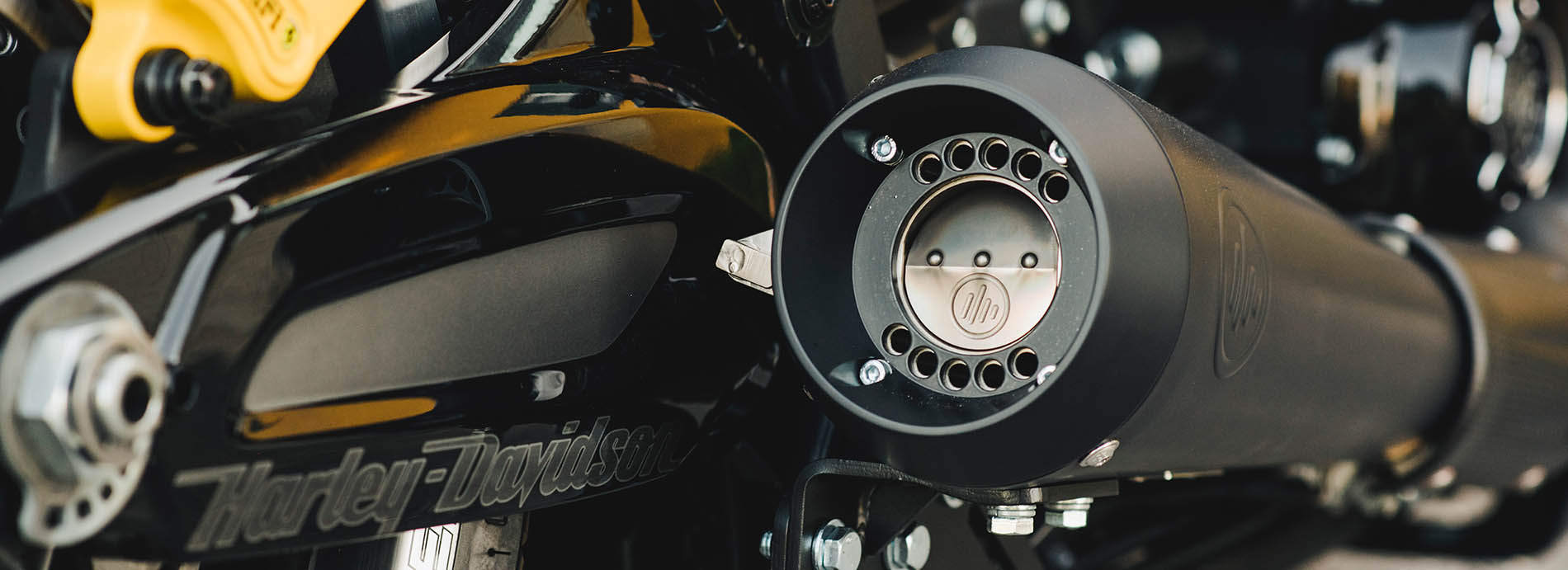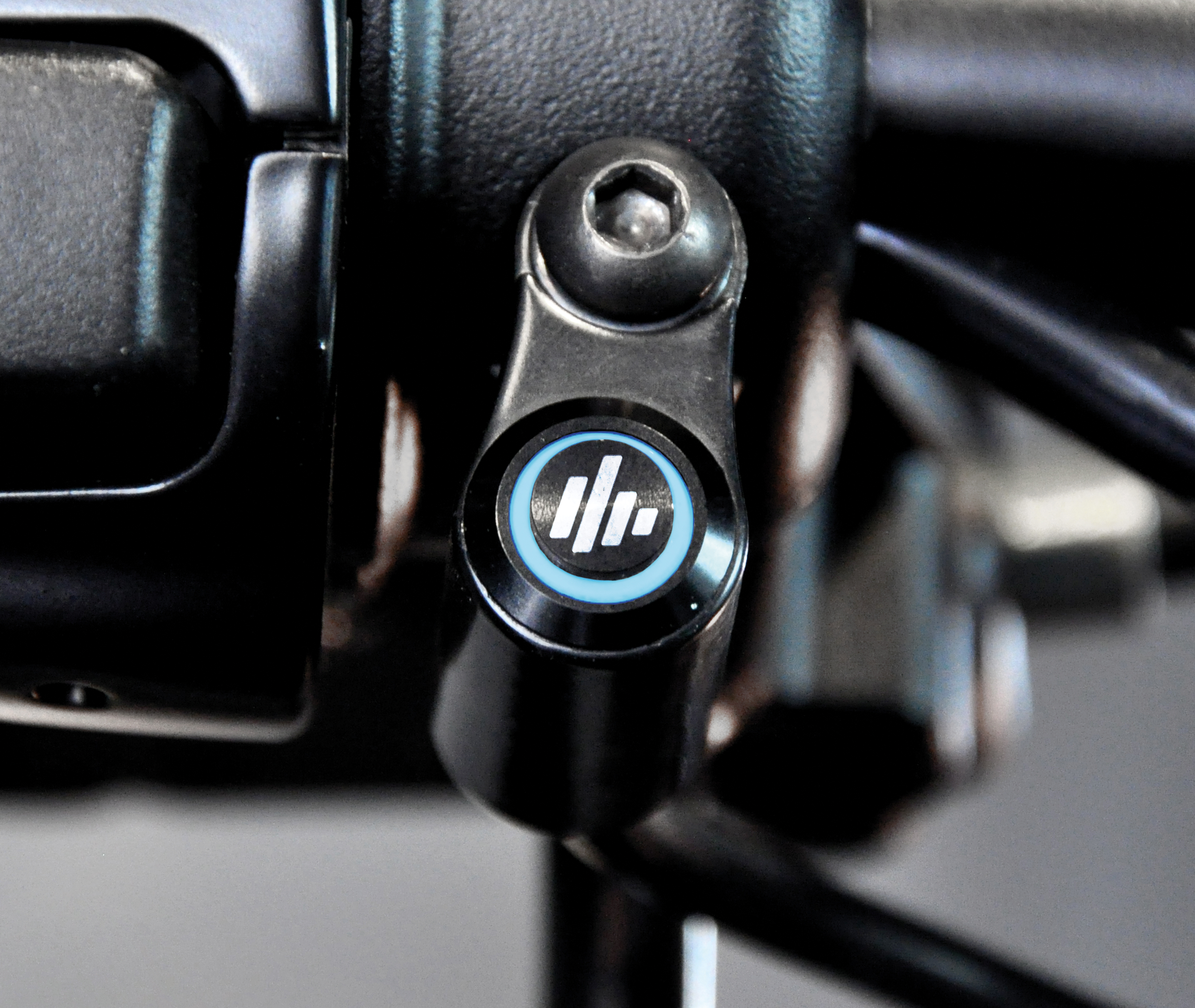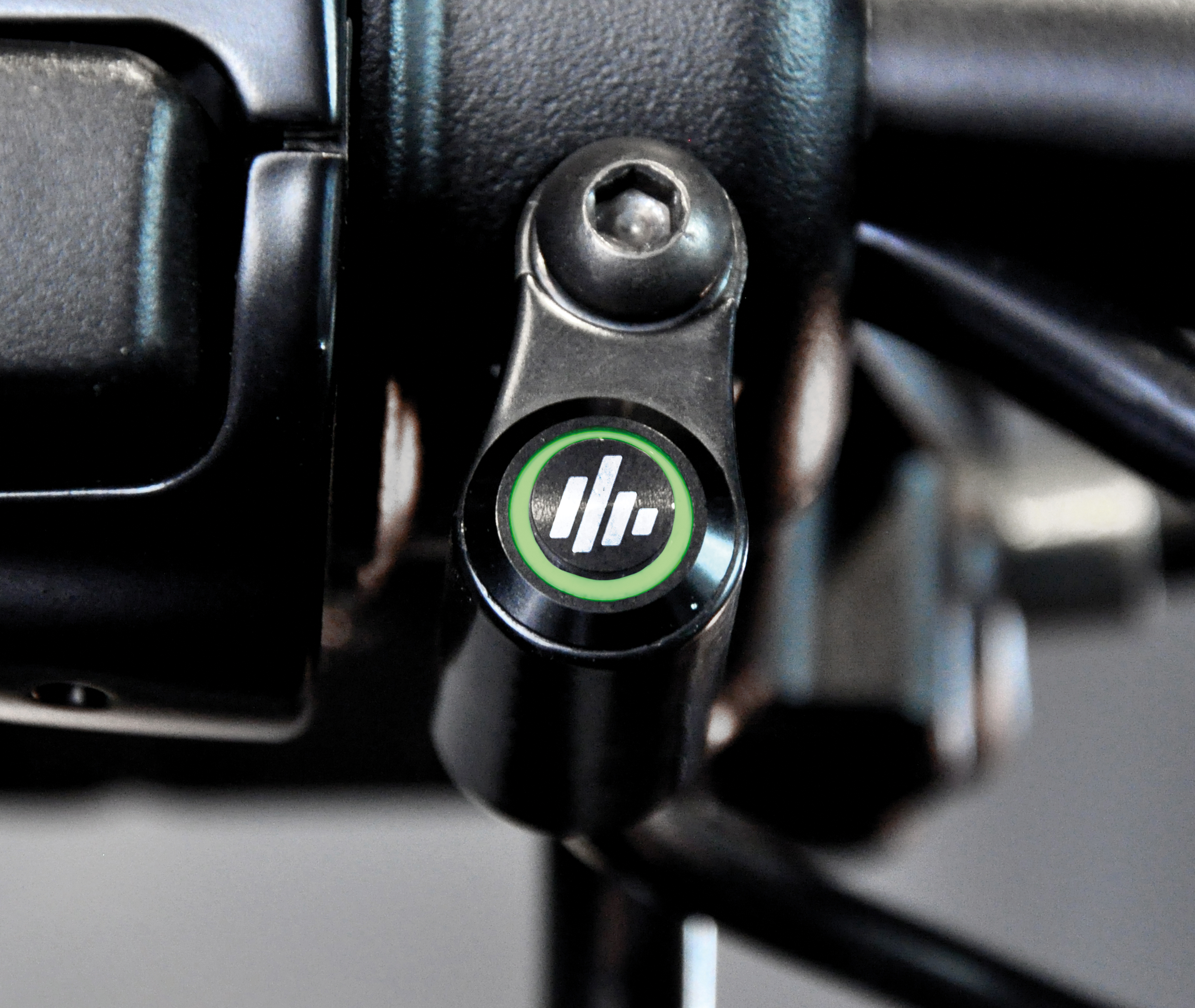KessTech Racestart
Il ouvre le clapet pour le processus de démarrage et vous permet d'entendre le son complet de la moto dès le premier souffle. Le système passe ensuite en mode OFF comme d'habitude et referme la trappe.
En outre, l'ESE enregistre désormais la variante de démarrage souhaitée, ce qui vous permet de choisir vous-même si vous voulez démarrer avec ou sans Racestart !
Ce changement peut être effectué aussi souvent que souhaité et est sauvegardé sur l'ESE !
Pour des raisons de sécurité, cela ne fonctionne qu'à l'arrêt à 0km/h.
Voici comment cela fonctionne :
Si vous appuyez sur le bouton du guidon pendant 5 secondes en position debout, l'ESE passe d'une fonction à l'autre et active ou désactive le Racestart. Ceci est indiqué par :
Take it Easy!
ESE (Electronic Sound Experience) offre au conducteur une expérience de conduite unique grâce au son Full Volume. En plus des modes OFF et ON, ESE est équipé d‘un troisième mode MEDIUM, dans lequel la valve d‘échappement prend une position intermédiaire et fournit au conducteur une troisième option de son différenciable supplémentaire. De plus, il y a deux innovations sur le marché – le Power-Feature et l’Active Engine Protection :
Power Feature
ESE vous donne la puissance si vous en avez besoin ! En mode OFF et MEDIUM, un pic de puissance est disponible. ESE détecte automatiquement quand un motard nécessite soudainement plus de puissance (par exemple lors d‘un dépassement ou dans une situation dangereuse nécessitant une réponse immédiate) et délivre la puissance supplémentaire sans que le conducteur ne change le mode.
Active Engine Protection
Lorsque vous êtes en mode OFF et que ESE détecte une chauffe excessive du moteur, à un feu rouge par exemple, les valves s’ouvrent automatiquement afin de réduire la contre-pression des gaz d’échappement et de laisser la chaleur s’évacuer. Lorsque la température moteur sera revenue à un niveau moins élevé, vous repasserez en mode OFF à nouveau.
Mises à jour du logiciel ESE gratuites
Nous arrivons avec quelque chose de nouveau encore et encore. Par conséquent, tous les systèmes ESE recevront toujours les futures mises à niveau logicielles sans frais! Pour cela, l'électronique doit être envoyée à KessTech et nous nous assurons qu'il est à jour.

MEDIUM Mode
Dès que vous le souhaitez, vous pouvez opter pour le mode MEDIUM - grâce à ce mode MEDIUM, vous pouvez profiter de vos longs trajets plus relaxé, mais aussi lorsque vous avez un passager – vous ne serez pas le seul à aimer, votre passager aussi! Mode MEDIUM disponible uniquement en roulant.
KessTech Regulatory*
KESSTECH exhaust systems are delivered with an EU type approval, in order to obtain this approval certain values must be tested and complied with.
Emission values, power values (+/-5% to OEM) as well as the sound pressure emission values, colloquially noise emissions. With the handlebar switch, which is always supplied with our flap exhaust systems, you can choose since Euro 4 and the ESE system between the modes ON- / MEDIUM- & OFF-Mode.
All values are maintained in each mode, because of that the adjustment on the handlebars is completely legal!
The electronics regulate the flaps in such a way that the legality is always maintained and the driving experience is maximally increased.
Nevertheless, we point out to behave considerately to other peoples on the roads. Adjust your driving mode to the driving situation and in a fraction of a second the change is implemented directly on the system.
EURO 3
Idle noise: At a nominal power higher than 5000 rpm, the measurement is made at half the nominal engine speed.
Distance 0.5m with 45° to the vehicle, starting point is the upper outlet edge of the rear silencer.
Pass by: Entering the measuring section at 50 km/h in 2nd and 3rd gear at 50 km/h, at entry into the test track, full throttle acceleration until the vehicle exits the test track.
EURO 4 und 5
Idle noise: At a nominal power higher than 5000 rpm, the measurement is made at half the nominal engine speed.
Distance 0.5m with 45° to the vehicle, starting point is the upper outlet edge of the rear silencer.
Pass by: With Euro 4, the vehicle has, among other things, a power-to-weight ratio dependent, calculated target acceleration which plays into the final result Lurban. Therefore, the measurement is different than before and not comparable.
LWot: The test conditions for accelerated passing can be taken from this, which is clearly visible on the vehicle frame. Test speed, entry speed, pre-acceleration distance and the sound pressure level.
In the middle of the test section, 50 km/h must be reached. If the target acceleration is not reached, the test has to be performed in 2 gears.
Lcrs: The constant speed run is measured in the same gear as the accelerated pass-by.
The test speed is 50km/h. If Lwot is measured in 2 gears, Lcrs is also measured in these gears.
ASEP: The test range here has been extended to theoretically all gears in a speed field between 20-80km/h This is limited by a minimum and maximum motor speed.
Therefore the measuring range is shifted depending on the gear. The procedure is similar to the accelerated pass-by.
So if one drives in the corresponding gear very constantly within the limits and then gives full throttle, the noise values must also be maintained and therefore the flaps close.
*The corresponding explanations are a highly simplified version of the wording of the law and therefore do not claim to be exhaustive.









